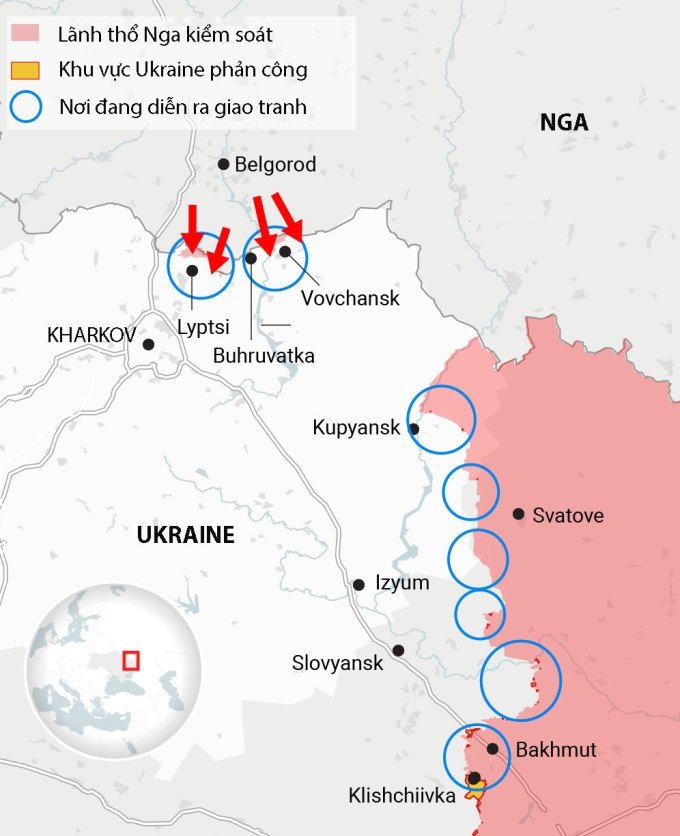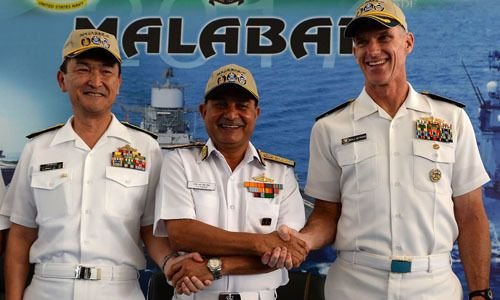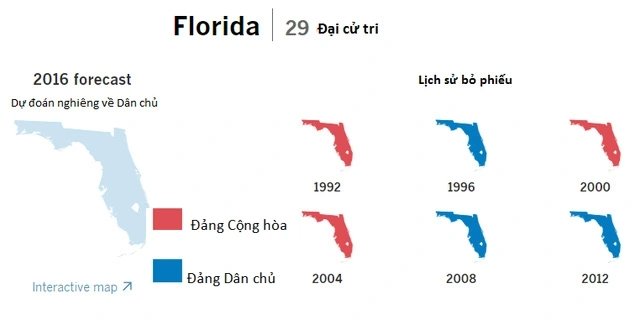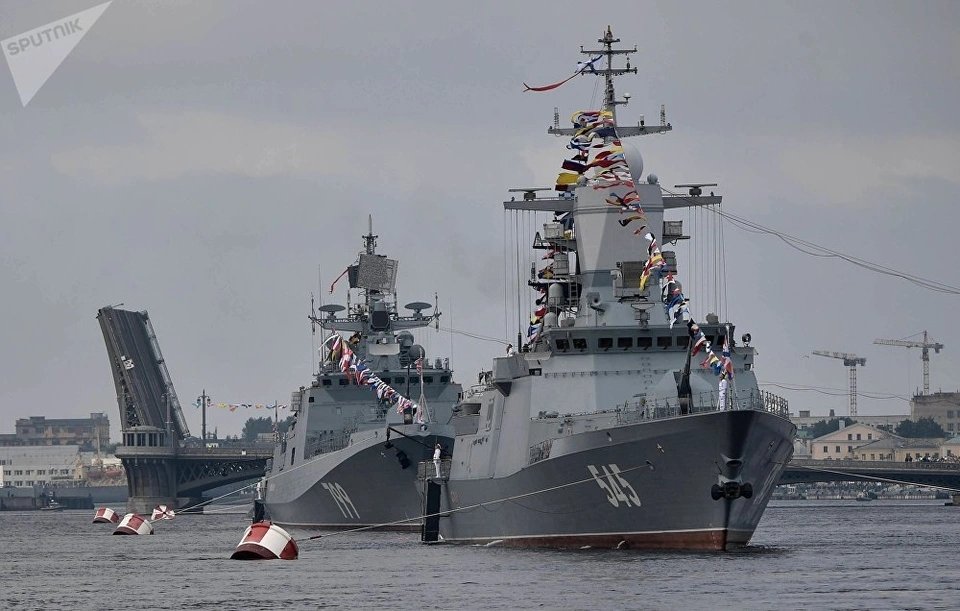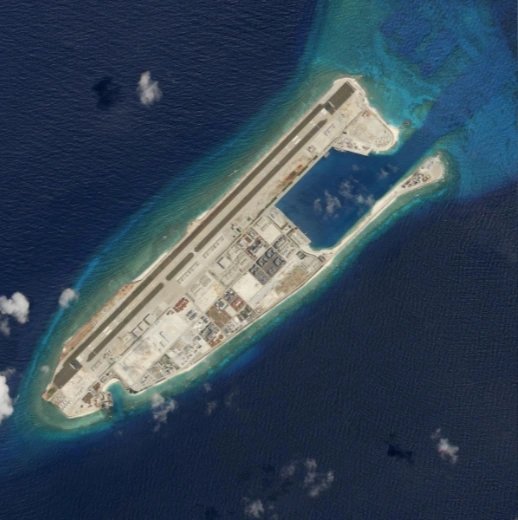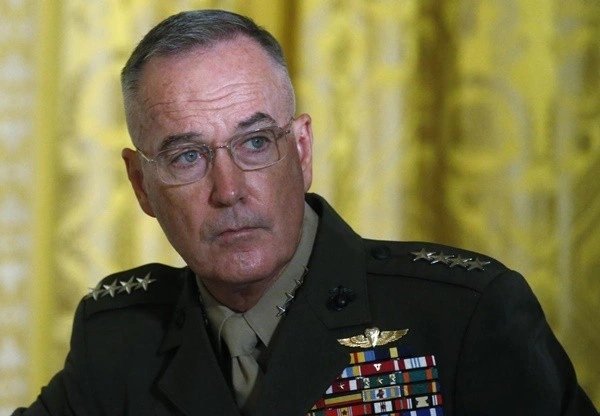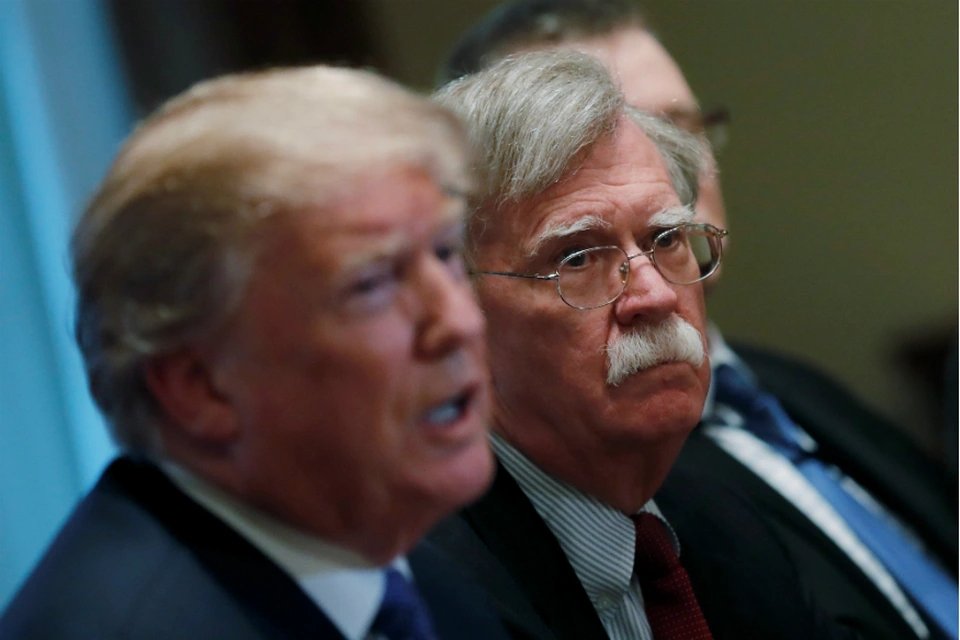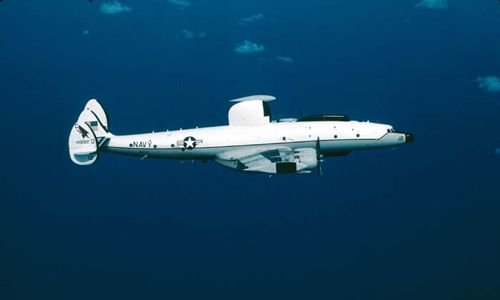
An American EC-121 reconnaissance aircraft.
North Korean Foreign Minister Ri Yong-ho on September 25 threatened that the country would shoot down US strategic bombers even if they were not operating in North Korean airspace.
Shoot down the EC-121 spy plane in 1969
In the 1950s, the US conducted the Peaceful Air Reconnaissance (PARPRO) program undertaken by the air force and navy, to gather intelligence on North Korea, with the belief that the deployment of war-grade weapons
After 200 successful reconnaissance flights, on April 15, 1969, 31 crew members on the US EC-121 aircraft took off from a base in eastern Japan, flying northwest toward the Korean coast.
When approaching North Korea, the EC-121 began flying in a 190 km elliptical orbit to collect information.
At 13:00, EC-121 contacted the base but did not mention the approaching MiG-21 fighters.

Flight path of the EC-121 before being shot down.
Pyongyang later confirmed it shot down the spy plane, claiming it violated its airspace, while Washington completely denied the accusation.
This shoot down killed all 31 crew members on the plane.
An F-4 fighter in the squadron carried a B-61 nuclear bomb with a destructive power of 330 kilotons, 20 times greater than the nuclear bomb dropped on Hiroshima city.
Shoot down an OH-58 reconnaissance helicopter in 1994
On December 17, 1994, pilot Bobby Wayne Hall conducted a training flight with Corporal David Hilemon on an OH-58D reconnaissance helicopter taking off from Page base, northern Korea.
After nearly 40 minutes, the two pilots lost their way and were unable to locate themselves.
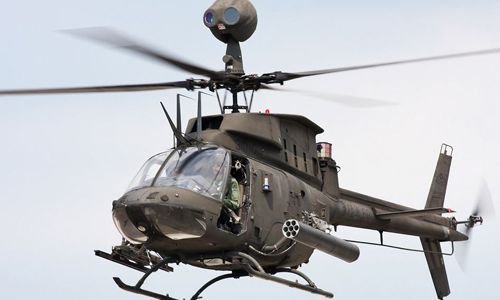
An American OH-58D helicopter.
After being hit by the missile, the OH-58D began to rotate, crashed into the ground and caught fire in the Kungang mountains of North Korea.
Pyongyang asserted that Washington’s helicopter was performing a reconnaissance mission about 5-8 km deep inside its territory, but Pentagon officials claimed that the two pilots only accidentally crossed the DMZ during a training session.
After this incident, the administration of US President Bill Clinton decided to exercise restraint because it could not find effective retaliation.

